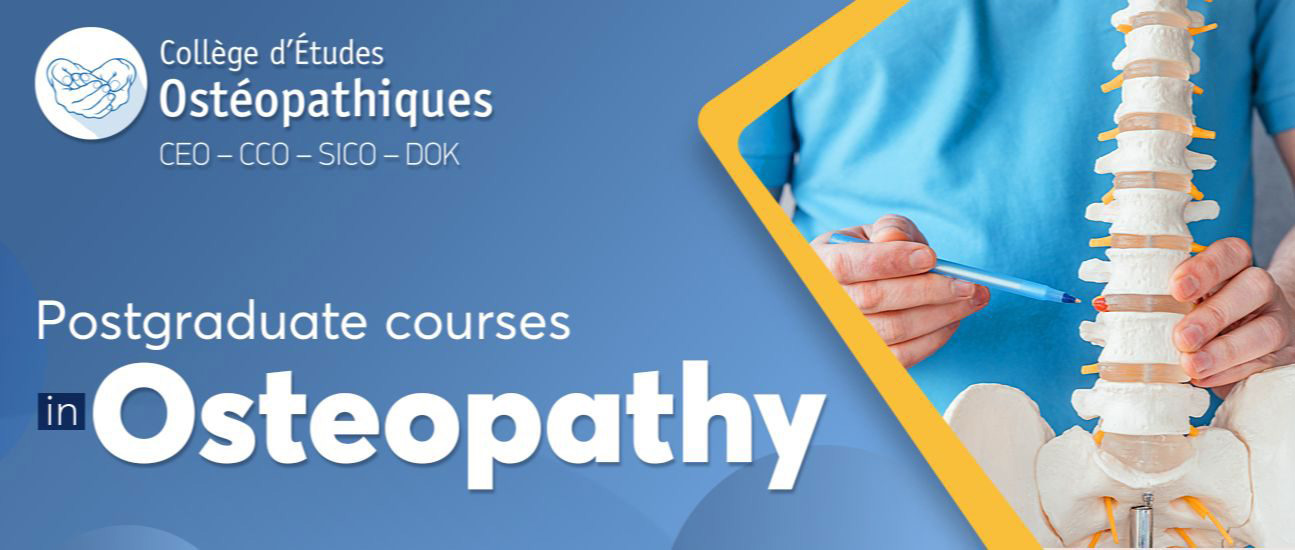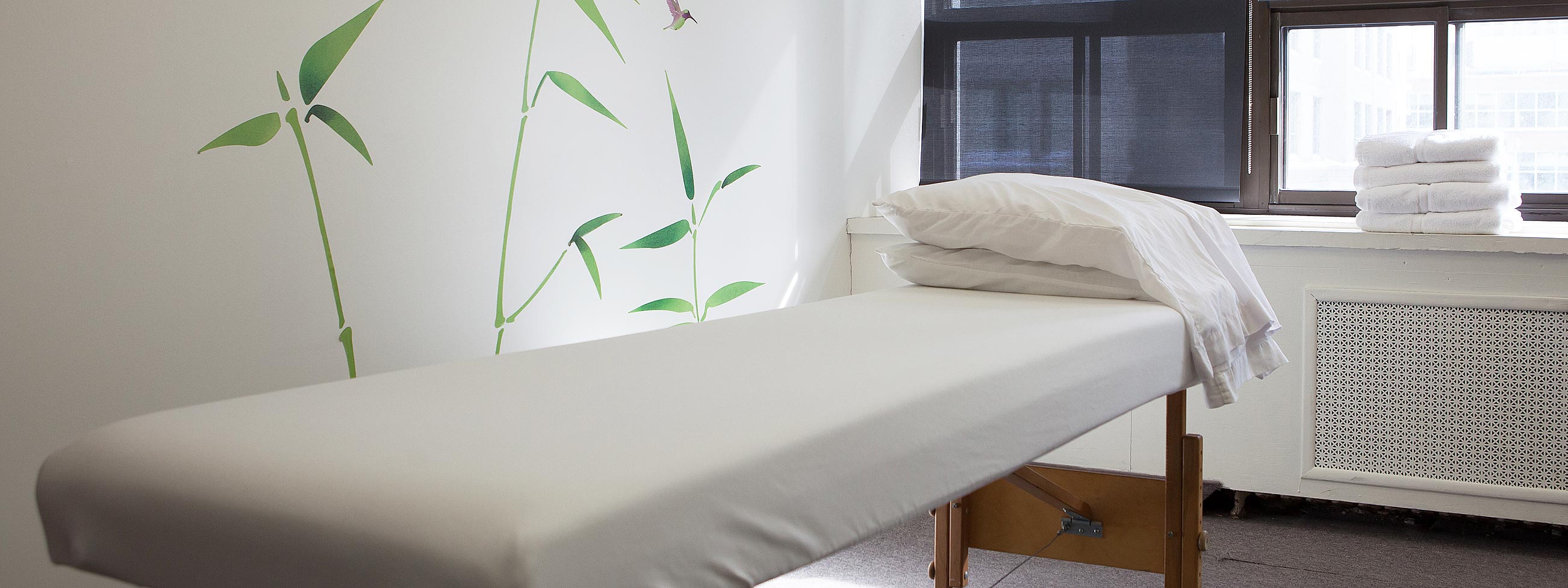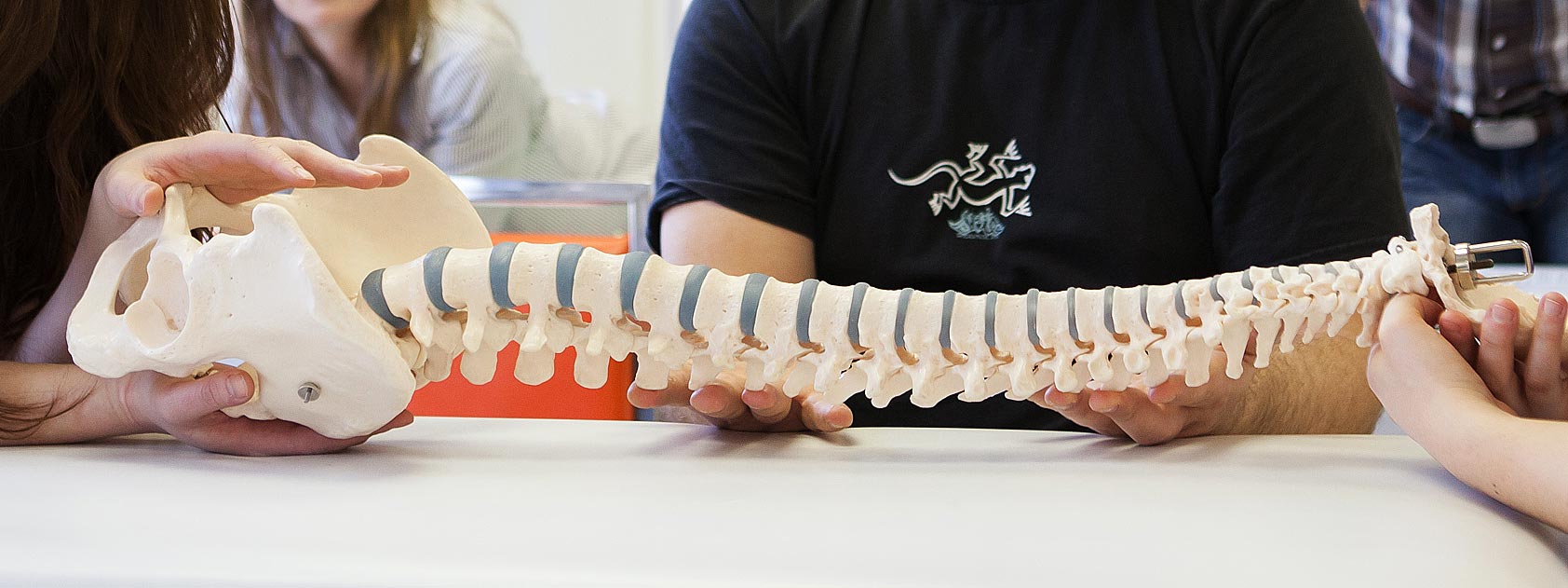Course series
Biokinetic and Biodynamic Teachings in the Science of Osteopathy
Course descriptions
-
Manon Smeesters D.O. and Gaël Würz-Minetti D.O.The Biodynamic Approach of Osteopathy (Course 1)expand_less__
(Code: BBS01)
__Description
René Briend, a student of Jacques Andréva Duval (who was himself a student of Rollin Becker), has also learned from Dr. James Jealous (D.O. USA). Over the course of years of research, he dug deep into the science of osteopathy to find the “essential”, in order to preserve and update the traditional aspects of the different teachings he received from his masters. His approach is therefore a deepening of the osteopathic concepts of Andrew Taylor Still, William Garner Sutherland, Rollin Becker, and James Jealous.
The biodynamic approach of osteopathy is based on the concept of the Breath of Life as a vital principle, present in each human being as a spiritual and original Unconscious in the body (body-soul-spirit). This approach is fundamentally non-manipulative and non-invasive. It is primarily based on perceptual touch and the “therapeutic power” of the extrinsic biodynamic fluid forces, innate or natural, and the intrinsic biokinetic fluidic forces, inherent or immanent, respectively of the Vital Principle (Breath of Life) and the vital forces (vital energy) of the Primary Respiration.
The essential specificity of the biodynamic and biokinetic osteopathic approach is to cooperate and communicate with Health and not to fight directly against lesions or illness. Through a diagnostic and therapeutic methodology, specific to each patient, it allows not only the integration of the three components (body, soul, and spirit) of our human tripartition within a dynamic functional unit, but also to access a therapeutic process and a spiritual reconnection of the whole patient with our Origin.
René Briend reminds us that “Osteopathy is one and indivisible” and that this biodynamic approach is compatible with all other osteopathic approaches. -
René Briend D.O.The pregnant woman and the postpartum (Course 8)expand_less__
(Code: BBS08)
__Osteopathic biodynamic approach of the postpartum follow-up
The birth canal and the different types of presentation of the baby, the “shape” of the birth canal is created, ordered and organized by the long tide of the Breath of Life.
Evaluation, structural and functional, of the birth canal and the type of presentation of the baby, essentially during the last phase of pregnancy: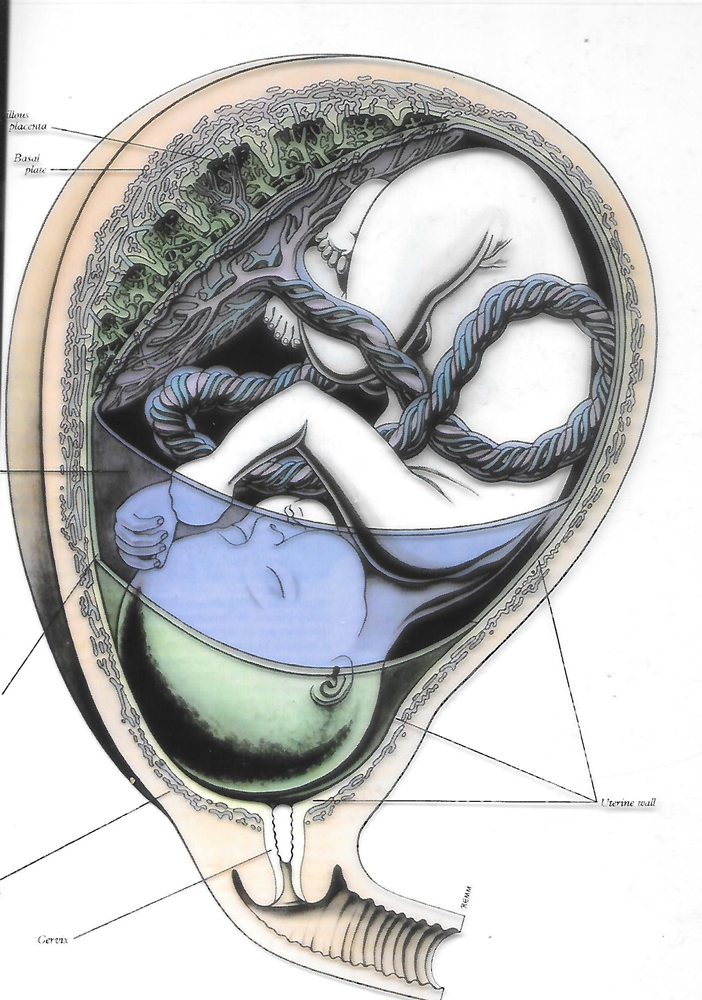 Specific disengagement of the pelvic “water bowl”, from the automatic displacement of the long tide.The process of turning over the baby by direct perceptual action on the uterine tissues, toward the primal bioelectric midline (quantic) of Health, of Neutral Essence.Clinic: feminine and masculine infertility, miscarriage, difficult pregnancy, premature birth, in vitro fertilization, non-desired babies, rapes, stress of the future mother, etc.Practical demonstrations and practice at tables.__
Specific disengagement of the pelvic “water bowl”, from the automatic displacement of the long tide.The process of turning over the baby by direct perceptual action on the uterine tissues, toward the primal bioelectric midline (quantic) of Health, of Neutral Essence.Clinic: feminine and masculine infertility, miscarriage, difficult pregnancy, premature birth, in vitro fertilization, non-desired babies, rapes, stress of the future mother, etc.Practical demonstrations and practice at tables.__Osteopathic biodynamic approach of the postpartum (degestation)
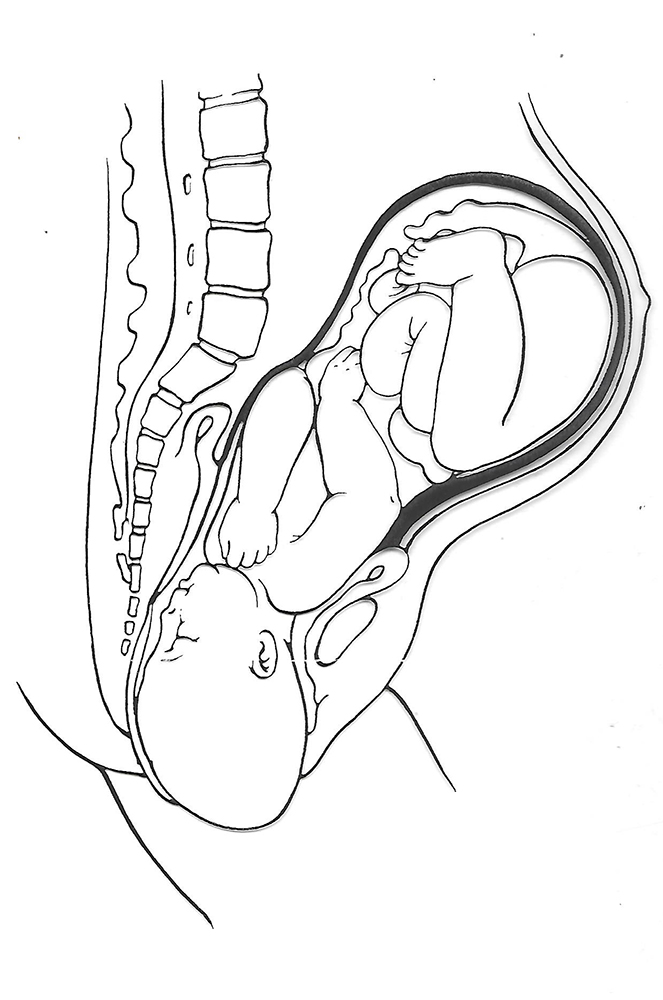 The 12 steps of the postpartum evaluation and therapeutic methodology.Practical demonstrations and practice at tables
The 12 steps of the postpartum evaluation and therapeutic methodology.Practical demonstrations and practice at tables -
Manon Smeesters D.O. and Gaël Würz-Minetti D.O.The cephalic neuro-viscero cranium of the head and neck (Course 9)expand_less__
(Code: BBS09)
- The embryologic development of the face and neck : the face buds and the viscero-pharyngial branchial arcs
- The embryologic, biodynamic and biokinetic development of the cephalic viscero-cranium of the face
- The fluidic fonctionnal cranio-cervico-fascial compartments and the cranio-cervico-facial fissures ("the space between" anatomy and the embryologic "space") : evaluation, specific intervention, inherent plan and therapeutic integration
- The functional craniometric or cranio-fascial lines of Health, etc...
-
Manon Smeesters D.O. and Gaël Würz-Minetti D.O.The osteopathic embryologic approach of the cephalic viscero-cranium of the face (Course 10)expand_less__
(Code: BBS10)
- The morphogenetic fluidic functional fields of growth and development
- The morphogenesis of the face and it's three phases of embryologic, biodynamic and biokinetic development
- The anatomic reconstruction of the face from embryology
- The embryologic functional triad of the brain, the cerebellum and the heart : perceptual evaluation and global intervention
- The different types of plagiocephaly and their specific treatments
- evaluation protocols and therapeutics of the nasal cavity, the eyes and the ears, etc...




